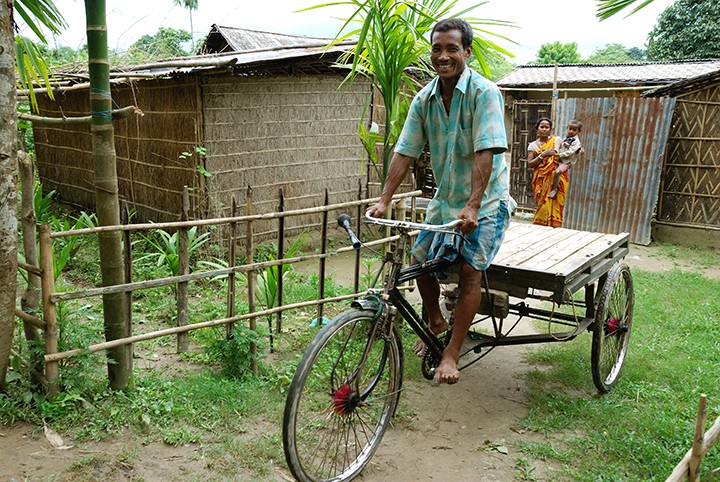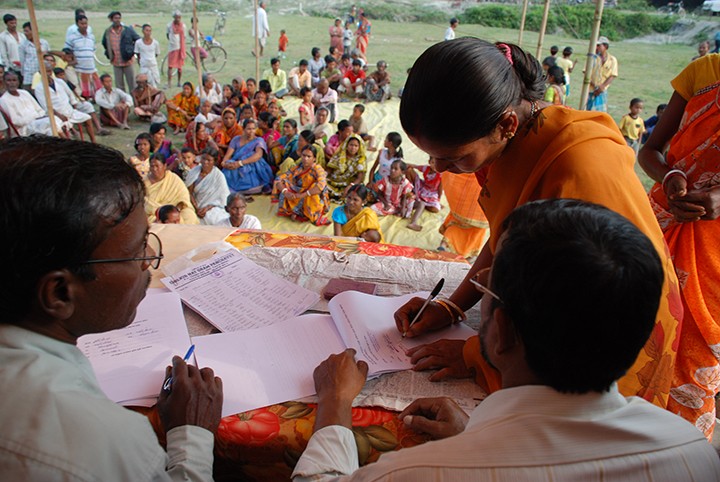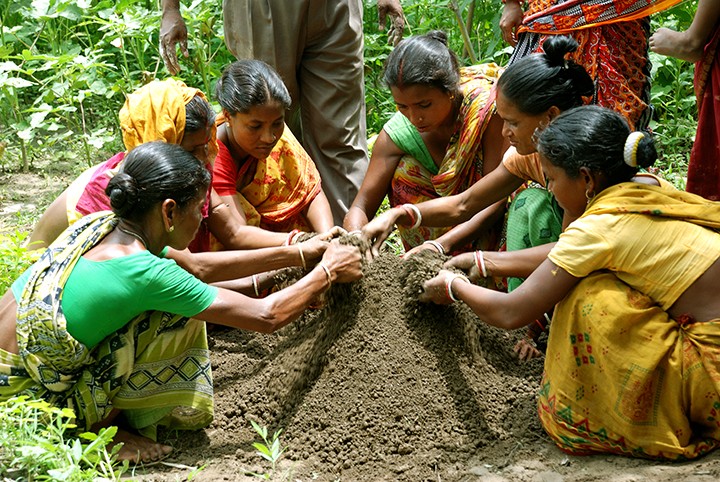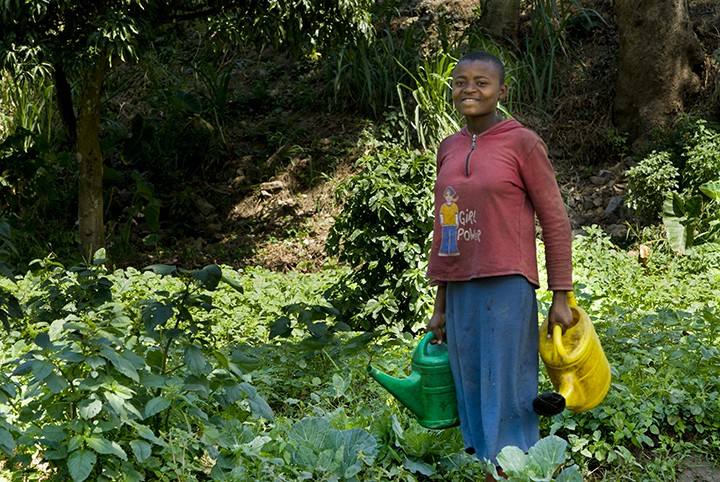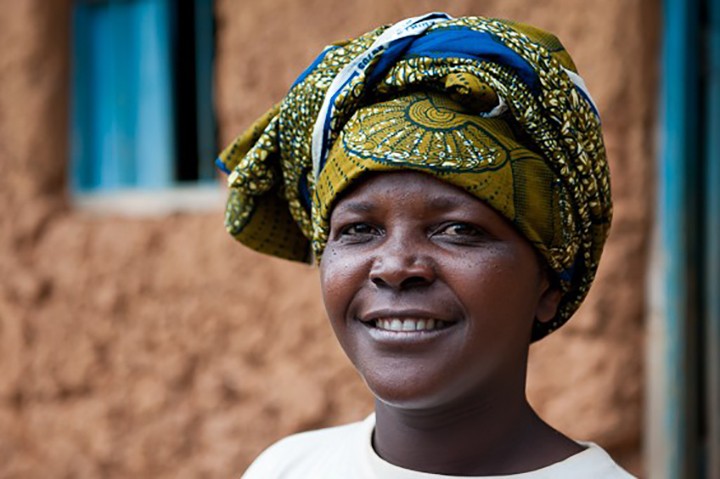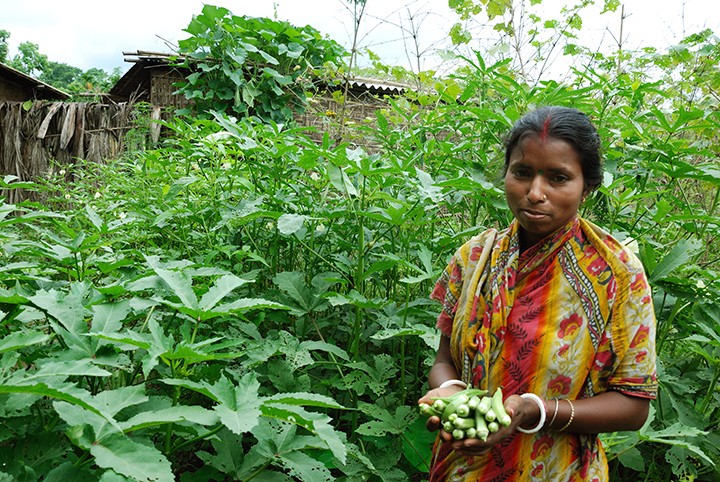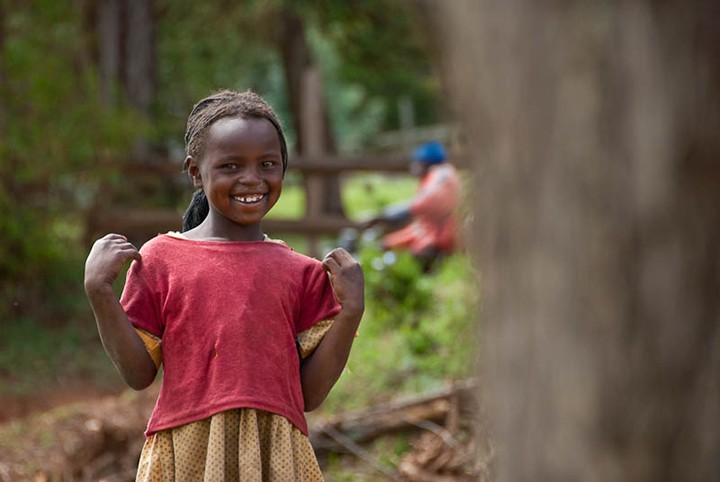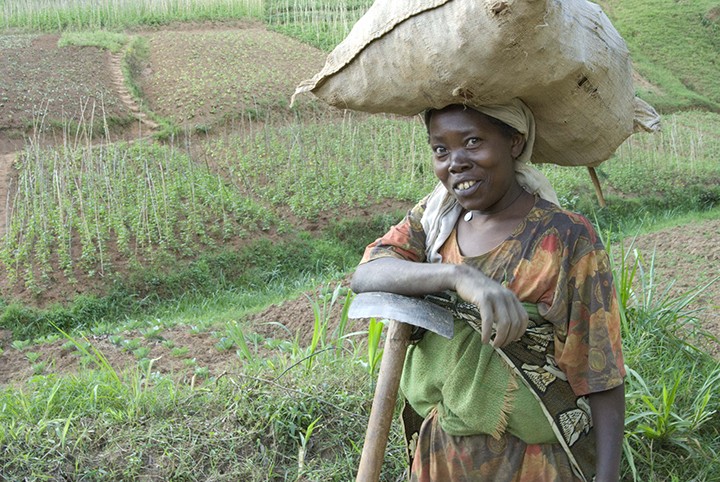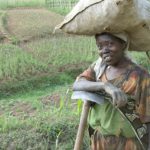10 Ways Secure Land Rights Make a Difference
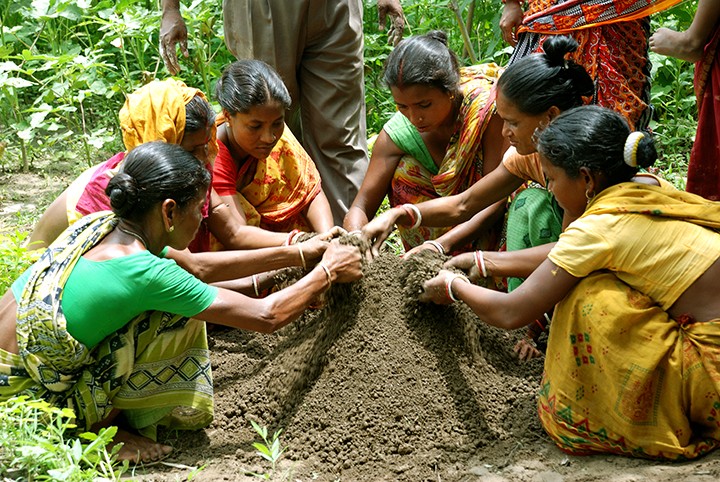
Land rights are a crosscutting solution that can help us solve some of the most persistent development challenges. Browse our photo gallery to learn 10 ways that stronger land rights can benefit the nearly one billion rural women and men who lack secure rights to the land they rely on to survive.
Access to Credit — Women and men with secure land rights are more likely to have access to institutional credit. One study in West Bengal, India, found that people with secure land rights were 12 percent more likely to receive a loan from a bank, and 88 percent more likely to use a loan for agricultural investment.
Conflict — Countries with large populations of landless are more likely to experience conflict.
Conservation — Women and men with secure land rights spend more time devoted to soil and water conservation. In Ethiopia, small farmers with secure land rights were 60 percent more likely to invest in soil erosion prevention. In Ghana, small farmers with stronger land rights were 39 percent more likely to plant trees.
Domestic Violence — Women with secure land rights are less likely to experience long-term physical violence. One study found that women who own land are up to 8 times less likely to experience domestic violence.
Education — Children whose parents have secure land rights are more likely to complete secondary school. Furthermore, families where women have stronger land rights invest more of their household budget on education.
Food Security — Farmers are more likely to invest in titled land, resulting in increased food productivity. One study associated land rights with a 60 percent increase in agricultural production.
10. Educated girls are less likely to contract HIV and AIDS and pass it on to their children. (UNICEF)
10. Educated girls are less likely to contract HIV and AIDS and pass it on to their children. (UNICEF)
Poverty Alleviation — Families with secure land rights are more likely to have a greater income. In Tanzania, women with stronger land rights are 3.8 times more likely to have higher gross earnings than women with weaker land rights.
Sources


